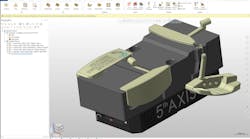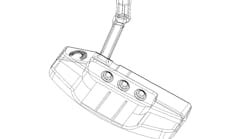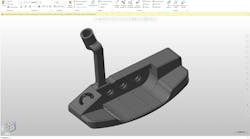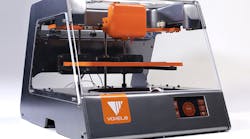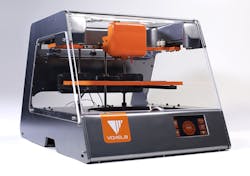Could 3D Printing Disrupt the Electronics Industry? (.PDF Download)
More companies and universities are integrating 3D printing with their electronic design. The non-traditional process was well-received as it moved from the aerospace to automotive to medical industries. Electronics could be next on the list to benefit from 3D printing, according to Ernst and Young. Today, many people say we will never 3D-print phones and other complex, multi-material products. However, with so many companies pushing to develop a magical all-encompassing printer, will we see electronics being manufactured with 3D printing?
Voxel8 plans to sell its current printer (pictured here) for research. However, over the next couple years, this printer will provide the information needed to redesign another for industrial applications.
Generally no, but the exciting thing is that we are even conceiving of 3D printing a complex circuit with multiple materials that might someday produce a fully 3D-printed electronic device. While 3D printing might not be how electronics devices are manufactured, for now it’s a way PCB designers can reduce their prototyping times. In fact, in a study done by Ernst and Young 3D printing electronics helped lower prototyping time by an average of 63%.
PCB Prototyping New vs. Old
Problems surrounding traditional methods of prototyping PCBs include the fact that it can take weeks for PCBs to be delivered. Sometimes they’re ordered from other countries because it is more cost-effective. In fact, most of the world’s PCBs are manufactured in East Asia—in 2012, China handled about 40% of the PCB market, according to Prismark Partners LLC.






